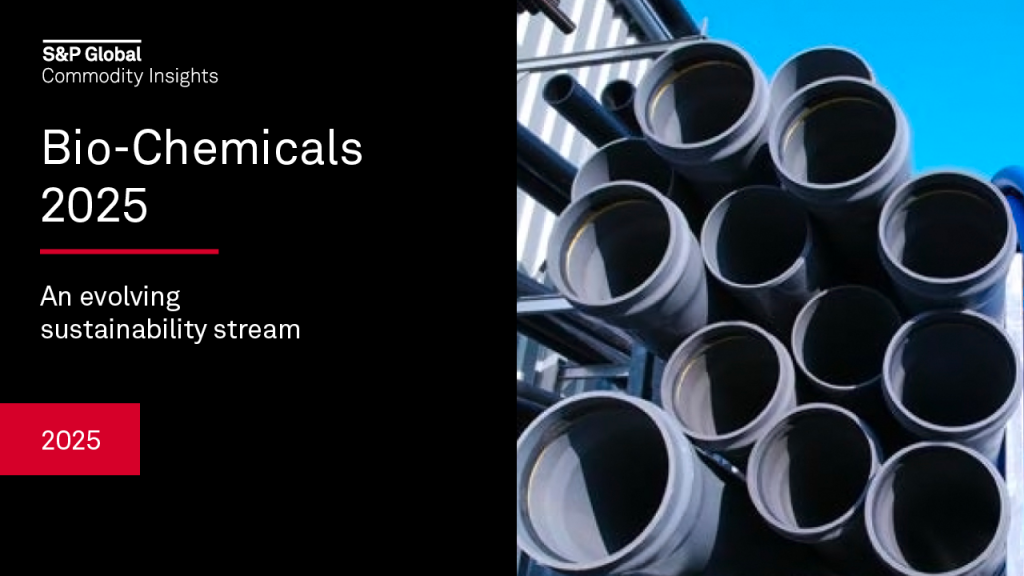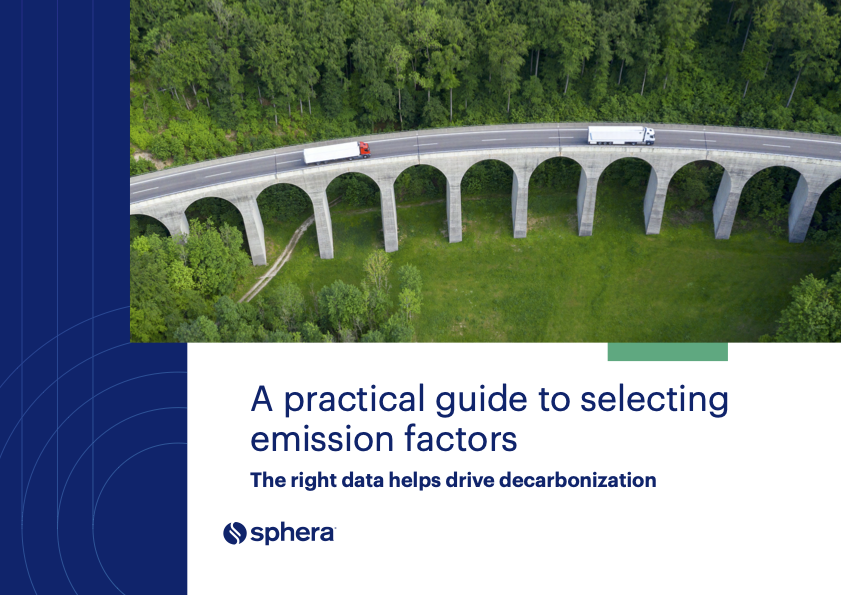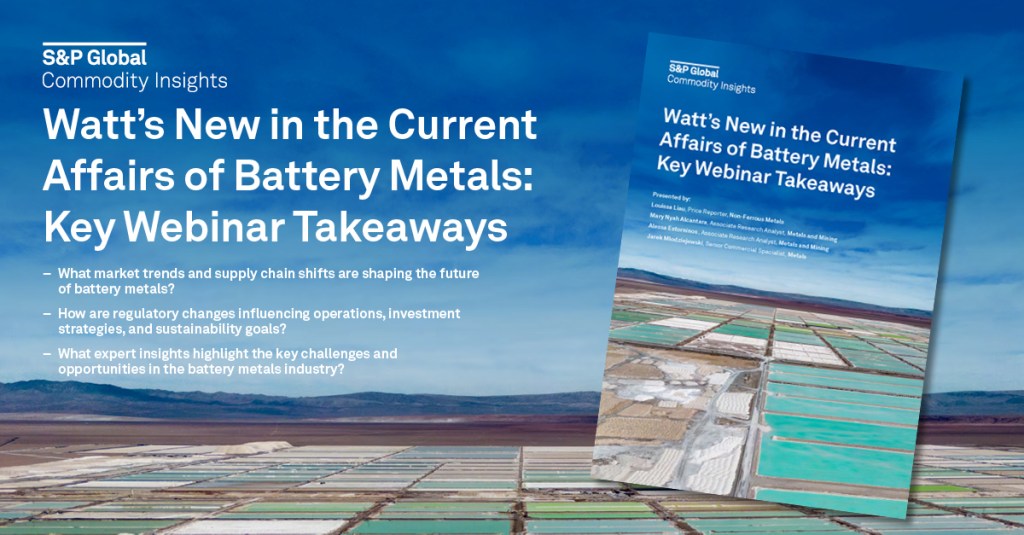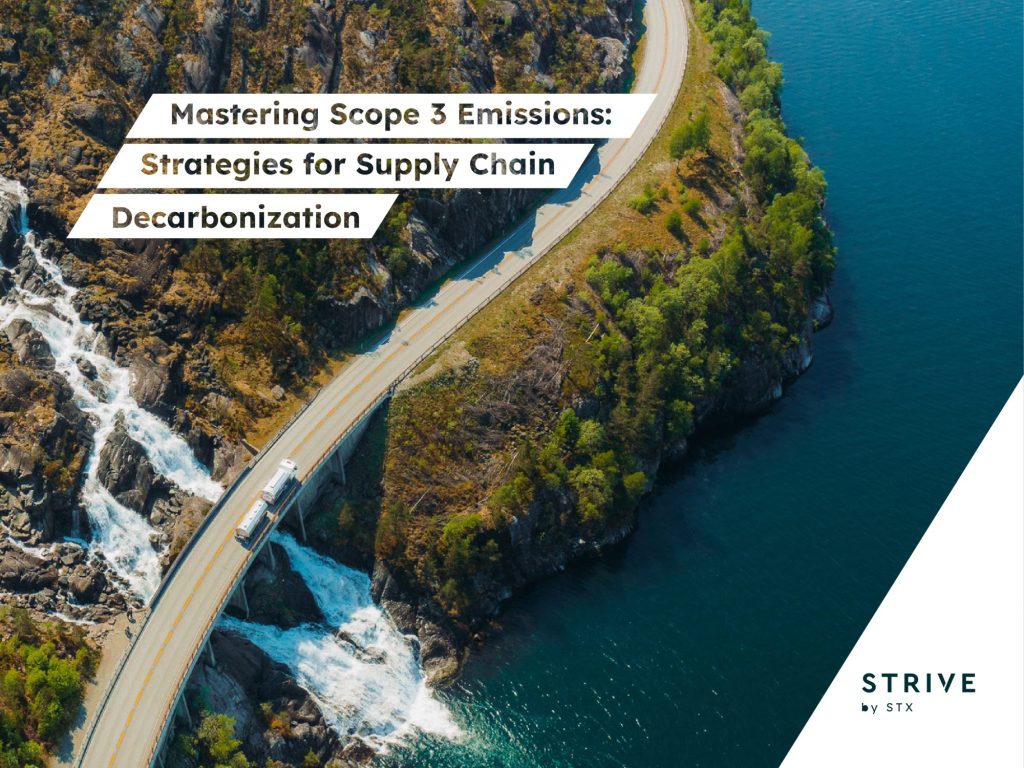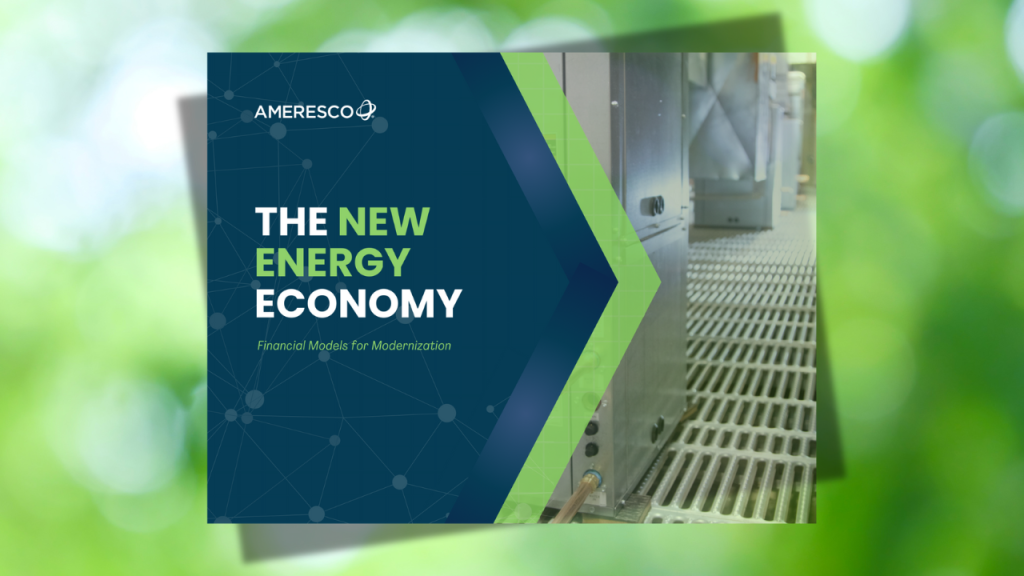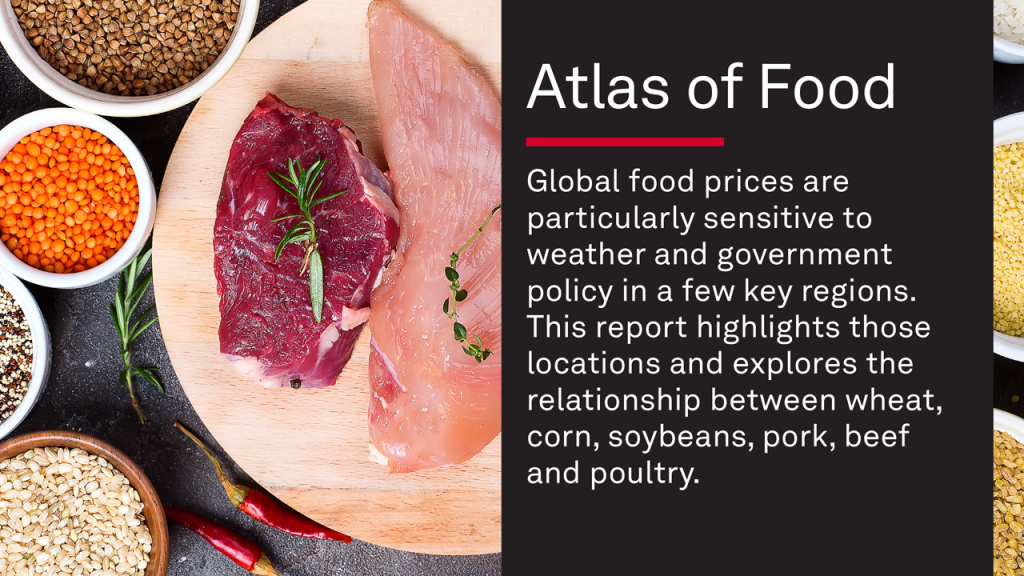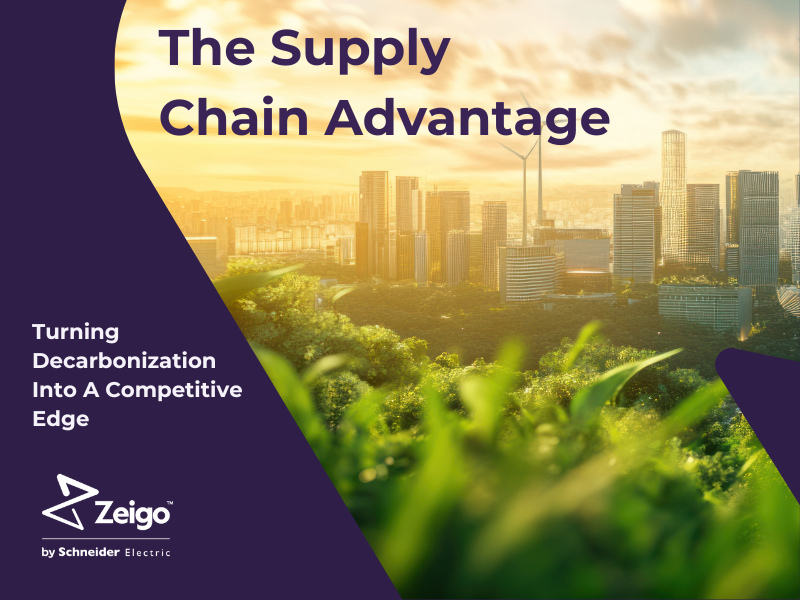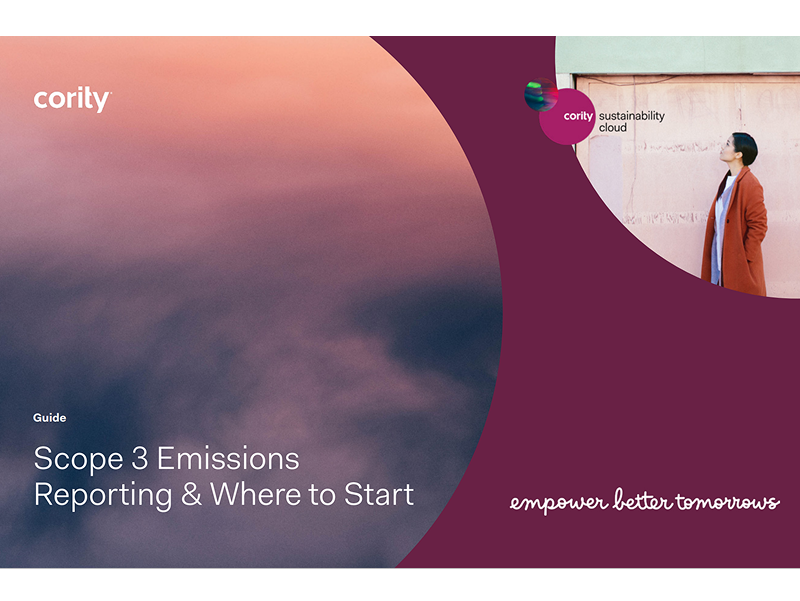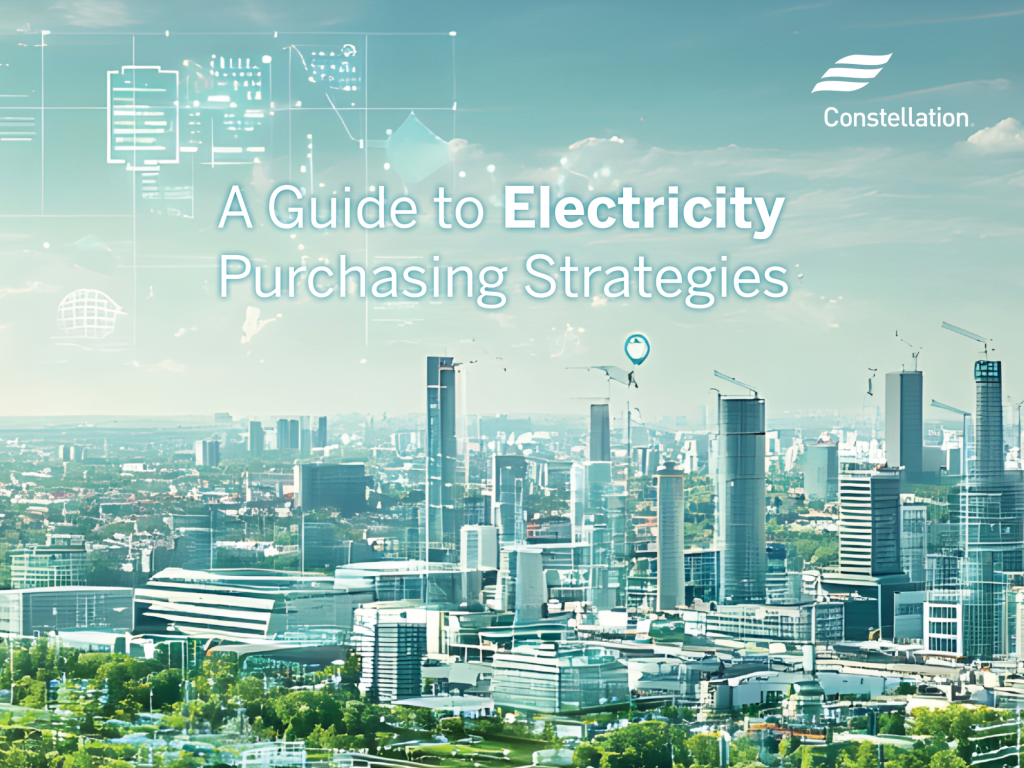How the Gigaton Award Winners Are Chosen
The Carbon War Room's research director explains what it takes to win a Gigaton Award. Read More
What does it take to earn a Gigaton Award?
Climate transparency, action, and in some ways, a good reputation.
These are the key elements of the Carbon War Room‘s new three-pronged methodology, which halved the number of nominees this year compared to 2010. In addition to how well companies disclose their emissions and compare to their peers, nominees will also undergo qualitative scrutiny from a panel of experts who will make the final decision on which companies make the cut.
 Don’t be surprised to see this methodology become even more sophisticated in the coming years, according to Hilary McMahon, the Carbon War Room’s director of research. In this Q&A, McMahon takes us through the steps that will determine this year’s Gigaton Awards winners and offers her insight into how the event has impacted the business community.
Don’t be surprised to see this methodology become even more sophisticated in the coming years, according to Hilary McMahon, the Carbon War Room’s director of research. In this Q&A, McMahon takes us through the steps that will determine this year’s Gigaton Awards winners and offers her insight into how the event has impacted the business community.
For more on the evolution of the Gigaton Awards, see Leslie Guevarra’s interview with Carbon War Room CEO Jigar Shah.
Tilde Herrera: Hilary, can you describe the methodology for the Gigaton Awards, what you measure and why?
Hilary McMahon: The name Gigaton Awards comes from the objectives that we’re seeking to honor: Looking at companies, sectors and others that are going to help achieve a gigaton scale of emissions reductions.
We’re looking for companies that are actively participating in reducing emissions. We look at how companies are both contributing, with products and processes to the reduction of emissions, and how companies in their own activities are reducing their own emissions.
There are of course a lot of awards out there. How the Gigaton Awards are differentiated from others is that we use a very good metric of progress in this regard — the Carbon Disclosure Project metric for transparency — as the basis for our methodology. We use their results to review the Global 500 companies that respond positively to the requests for information, in terms of their emissions. We really look at companies, therefore, that are actively engaging with stakeholders in reducing their emissions. Then we use their score — it has to be above 50 to qualify for their leaders program — to pick the top companies that have either a performance band of A, A- or B.
Next, we look at them in both a quantitative and a qualitative way to establish a list of nominees. It’s very much using that metric to understand who are the progressive companies talking publicly about their emissions and their activities to reduce those emissions, and then picking the top of those companies and applying other factors that will be important if we’re actually going to get to gigaton scale emissions reductions.
Those factors include ethical criteria specific to the kind of industries that they are in, and also more subjective screening along the lines of growth in comparison to other players in their sector, and then we look at the business models that they’re pursuing, as well as looking at their emissions intensity within their sector.
So it’s a variety of metrics to help us get a better, more well rounded understanding of what it is that these companies are doing to remain leaders in their sectors.
Once we have that list, then we give that list to a very well regarded and knowledgeable academy of experts who then use their knowledge of both the sectors, as well as the role of the private sector more generally and the challenges of climate change, to pick a winner out of each of those sectors.
TH: How has the methodology changed?
HM: The methodology has changed in terms of valuing and transparency. We feel that transparency is a key aspect to understanding our emissions trajectories more generally for countries, sectors and globally, but also it’s a very positive step for the companies themselves understanding their responsibilities, in terms of emitting greenhouse gases. Having the Carbon Disclosure Project [as a partner] has really allowed us to embrace that very important movement in the right direction, which is towards greater transparency around the emissions of companies.
The second way it’s different is that we are trying to create a level playing field here, although it’s very difficult for a lot of these companies to be considered absolutely on a level playing field. For example, the energy sector poses a number of challenges, given the subsidies that companies in different countries receive. So what we try to do is add in a qualitative aspect, which allows us to make a judgment based on our knowledge of those companies and our expert academy of judges’ knowledge of those companies.
So we’ve improved our approach, in terms of value and transparency, but also added in a couple of layers that will allow us to be quite subjective, in terms of who it is that really gets the nomination.
TH: Did that evolution of the methodology have any impact on the nominees this year?
HM: I think the impact on the nominees has been that we have a broader range of companies, in terms of the geography, as well as range, in terms of the emissions trajectories that these companies have. Some of the nominees are large energy users, and others are not but have made great strides, for example, in diversifying their energy portfolios and therefore should be regarded along with the other companies. In doing so we’ve allowed for a broader spectrum of companies and geographies to be included.
TH: What sort of the impact have these awards had on the business community? What kind of feedback did you get after the first awards?
HM: I think the feedback we received generally was very positive. I think the fact that, first of all, we’re actually trying ourselves to do the analysis, as opposed to having companies self nominate or apply for this prize, is very important because I think the analysis allows us a certain amount of robustness that is very helpful in making sure these companies feel like we’ve done our due diligence around them being chosen.
So that’s been very positive. It’s also allowed us, as the Carbon War Room, to gain a much greater understanding of what it is that the private sector is doing to combat climate change, but also the challenges that they face in doing that — challenges that I think anyone faces in understanding what the role of the private sector is. For us, it’s been a huge learning curve, and for our partners also.
And let’s not forget the context that this event is happening in. I think it’s hugely important to recognize that we are having this event in Durban where 194 countries are coming together to o iron out some of the details of a new climate deal. One of the major challenges that they have is knowing who’s responsible and how it is that you ensure that people take that responsibility seriously.
I think that these awards are a microcosm of how that can happen in a productive and voluntary way, where these activities that companies are undertaking are more generally coming from a place of profit. They see an actual addition to their bottom line as a result of becoming more efficient, as a result of diversifying their energy portfolio and diversifying their products.
They see a value in doing that. And then, of course, they’re responding in some aspects to regulation and to policy direction, which is a very important component. We can kind of see that happening in these companies on an ongoing basis, which is a positive signal to send to the Durban talks.
And then the last thing just being that very simple transparency, which is one of the things that the countries are really grappling over, is how transparent do they need to be, and how do they achieve that level of transparency that we feel these companies have achieved? So this is very good guidance to the policy makers, negotiators and others who are in Durban trying to grapple with these issues, and an example of how it can be done.
TH: How do you think the methodology might evolve next year?
HM: I feel like we’re learning a lot by just undertaking this project. It’s fascinating, from our perspective, how it is that companies are trying to come up with better ways of understanding their own emissions trajectories, better ways of communicating that, and being a part of that process is very, very useful for us as an organization.
So, I’m hoping that our methodology will become even more sophisticated with the addition of partners maybe even beyond our current partners, or have more an ongoing partnership with them, but also with the addition of the reactions, advice and conversations we’re able to have with companies, which is useful in terms of informing our methodologies.
So we’re very much kind of ready to listen to what the companies’ challenges are, as far as looking at their emissions and reducing those emissions, and making sure that our methodology reflects those challenges and developments.
Ballot photo via Shutterstock.

